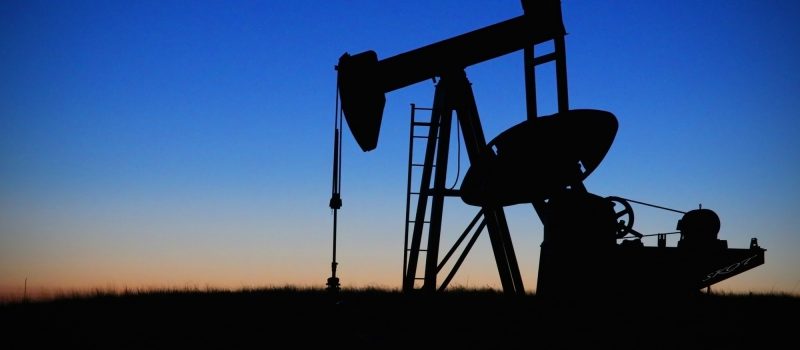Flow meters have been around since early civilization. Ancient Egyptians used a nilometer to measure the Nile River. Their goal was to predict the quality of harvests.
Today, the need for precise measurement increases advances right along with technology. Flow meters are still essential instruments across many different industries.
Fuel and oil is one example, as is petrochemical. General industrial use is another.
What is a Flow Meter?
As the name implies, a liquid flow meter measures liquid or gas flow through a pipe. It also measures the liquid’s rate of change. Each meter has different features. They address differences in the temperature and viscosity of liquid or gas.
Control valves pair with flow meters to direct the fluid and normalize velocity. These functions maintain the necessary pressure level. Flow meters also control the fluid’s velocity and use. They save water by detecting leaks within the pipes.
Liquid Flow Metering in Light Industrial Applications
Flow meters employed help engineers detect abnormal flows. For example, flow meters verify liquid and gas flow. For quality control purposes, engineers use flow meters. They test products like tube assemblies for blockages and leaks.
Finally, engineers measure low flows of diesel, gasoline, and sometimes even fuel cells. They use flow meters to determine the water and fuel combination. Flow meters also determine the energy output from the fuel and water combinations.
Types of Flow Meters
The following are the most common flow meter types used in industrial applications.
Coriolis Meters
Coriolis meters measure true mass flow. Coriolis meters are one of the most precise meters for steady, single-phase flows. They perform well with many liquid and gas applications.
They provide multiparameter data about density, mass, and temperature. You will find Coriolis meters in pharmaceutical manufacturing and nuclear facilities.
You can also see them in wastewater treatment facilities.
Differential Pressure Flow Meters
Differential pressure flow meters identify the speed of flow by gauging pressure variations. They have a flow-restrictive orifice that measures the pressure drop through the restriction.
For prompt response time, the differential pressure flow meter is your best choice. It calculates the fuel output.
Gear Meters (Positive Displacement)
Positive displacement gear meters use counter-synchronized gears. These gears link together and rotate with the liquid flow. The meter controls the liquid transferred.
So, the meters are quite precise. These meters are well-suited for high-viscosity liquids. Gear meters also work well with fuel or oil transfers and in the pulp and paper industry.
Petrochemical industries also use them because the gears are stainless steel. Thus, they hold up to heavy oils.
Contact Brodie International for more information on positive displacement meters.
Paddle Wheel Meters
Paddlewheel meters come with oscillating propellers, disks, and paddle wheels. The rotating components provide a pulse when they pass through a sensor.
The pulse frequency is proportional to the velocity of the liquid. This design offers high precision at low cost.
Paddlewheel meters function well with viscous liquids at a turbulent flow. This makes them suited for use in the oil and gas industries as well as utilities.
Magnetic Meters
Magnetic meters use coils to develop a magnetic field. When a conductive fluid moves through the field, it produces a voltage. That voltage is proportional to the liquid’s flow.
Several industries use magnetic meters. Some of those are including chemical manufacturing, petrochemical, mining, and pulp and paper manufacturing.
You will also find them in water purification plants.
Industrial Applications of the Flow Meter
This was a brief overview showing some of the many industrial applications of the flow meter. Please revisit our Consumer Resources section soon for more informative articles.

